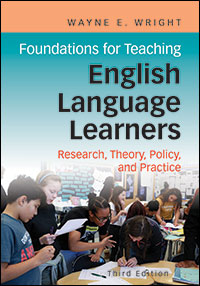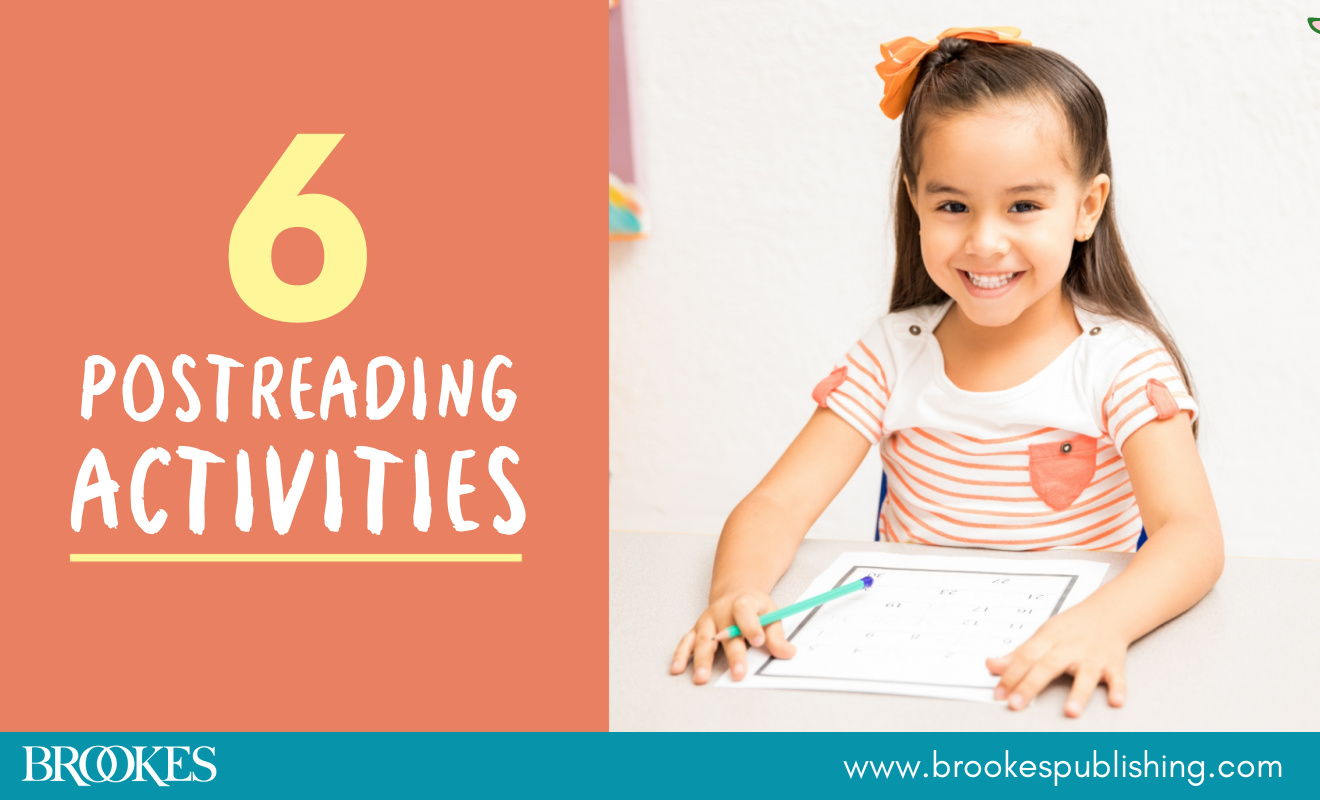4 Tips for Effective Read-Alouds in Culturally Diverse Classrooms
February 22, 2024
 Reading aloud in class is one of the most important things teachers can do to help their students learn to read—and become fluent readers. As Wayne Wright points out in the book Foundations for Teaching English Language Learners, reading aloud is especially important for multilingual learners as they acquire literacy skills in English. While some English language learners (ELLs) come from print-rich homes where family members read aloud to them (in their home language and/or English), others come from homes where parents are unable to read aloud in one or both languages, and some come from families of low socioeconomic status with little disposable income for books.
Reading aloud in class is one of the most important things teachers can do to help their students learn to read—and become fluent readers. As Wayne Wright points out in the book Foundations for Teaching English Language Learners, reading aloud is especially important for multilingual learners as they acquire literacy skills in English. While some English language learners (ELLs) come from print-rich homes where family members read aloud to them (in their home language and/or English), others come from homes where parents are unable to read aloud in one or both languages, and some come from families of low socioeconomic status with little disposable income for books.
To make up for these differences, teachers should be sure to read aloud to multilingual learners much as possible. When teachers read aloud, they:
- Give students access to text beyond their current level of ability
- Demonstrate the connection between oral and written language
- Model fluent reading and oral production of English
- Expose students to new content and concepts, a variety of language patterns, and interesting vocabulary
- Introduce students to a variety of genres and different writing styles
Here are 4 tips, adapted from Foundations for Teaching English Language Learners, for ensuring effective read-alouds in culturally diverse classrooms.
 Select books carefully and intentionally.
Select books carefully and intentionally.
First, have a clear purpose for selecting a book to read aloud and ensure that it’s appropriate for the grade and English proficiency level of the students. The book may be selected because it goes along with a current theme, topic, or genre being studied in the classroom, because it addresses a particular topic of concern or interest of the students, or because it contains useful vocabulary and language patterns. Maybe you select a high-interest narrative that builds important background for subsequent reading of a more challenging grade-level expository text in a content-area class. Maybe the book is selected just because it’s a great book you know the students will enjoy.
The length of time and type of text selected for a read-aloud will depend on the grade and ELD reading level of your students. Younger and lower-level ELLs need simple and short books with vivid illustrations and only a few lines of text on each page. For older and more advanced students, grade-level chapter books, novels, and articles from magazines, newspapers, or the internet are more appropriate.
Involve all students.
Read-alouds in the classroom should involve the whole group. For a picture book, students should sit on the floor close to you where they can see the pictures as you read and point to words and pictures when appropriate. Sitting together on the floor creates an atmosphere conducive to listening to and enjoying a book as a community of readers. Older students may prefer to sit at their desks, which is fine when there are few illustrations in the book or text.
Regardless of the seating arrangement, your students should be encouraged to chime in: using gestures, asking questions about the text, and making predictions about what they think is going to happen next. To engage students, exaggerate the dialogue and use gestures and different voices for different characters. The more interactive and fun it is, the more comprehensible the book or text will be for ELLs. And the more comprehensible it is, the more English they learn from the reading.
Follow the BDA structure.
A good read-aloud follows this structure:
Before reading a text, help students activate their prior knowledge, survey or preview the text before reading it, and pre-teach essential vocabulary necessary to comprehend the story. Particularly for ELLs, this “before” discussion is an opportunity to pre-teach unknown vocabulary in a meaningful context.
During reading, model reading strategies, help students learn new vocabulary and grammatical forms, and help readers make connections between the text at hand and other texts they have read or experiences they have had. During the read-aloud, you can make the text more comprehensible and engaging for ELLs by using gestures, pointing to parts of the illustrations that provide hints for the meaning, and rephrasing or explaining difficult words or phrases (e.g., “‘The wash’ means the clothes the farmer’s wife just washed and is hanging up to dry”).
After reading, help readers consolidate, elaborate, and deepen their understanding of the text and the connections they have made, and provide review and further instruction as needed on new vocabulary words and grammatical forms learned from the text. Ask students whether their predictions were correct, talk with students about the parts they liked best, and relate the text to others they have read in class, to other content areas, or to out-of-school experiences. For ELLs at lower ELD levels, ask questions that require only a few words to answer. For more advanced students, ask open-ended questions that encourage greater elaboration.
 Have frequent rereads.
Have frequent rereads.
One final but very important tip: After a book has been read aloud, don’t put it aside, never to be seen again. Younger students especially love to hear the same books read over and over. Repeated readings are especially beneficial for ELLs because they need multiple exposures to new vocabulary and structures, and each reading will lead to greater comprehension. You can also make the book available to students to read during independent reading time, put the book and a recording of it at the listening center, or let the student take the book home to read with the family.
Need a deep dive into education for multilingual learners? Get more practical guidance in this book!






Write a Comment
Your email address will not be published. Required fields are marked *
Post a Comment